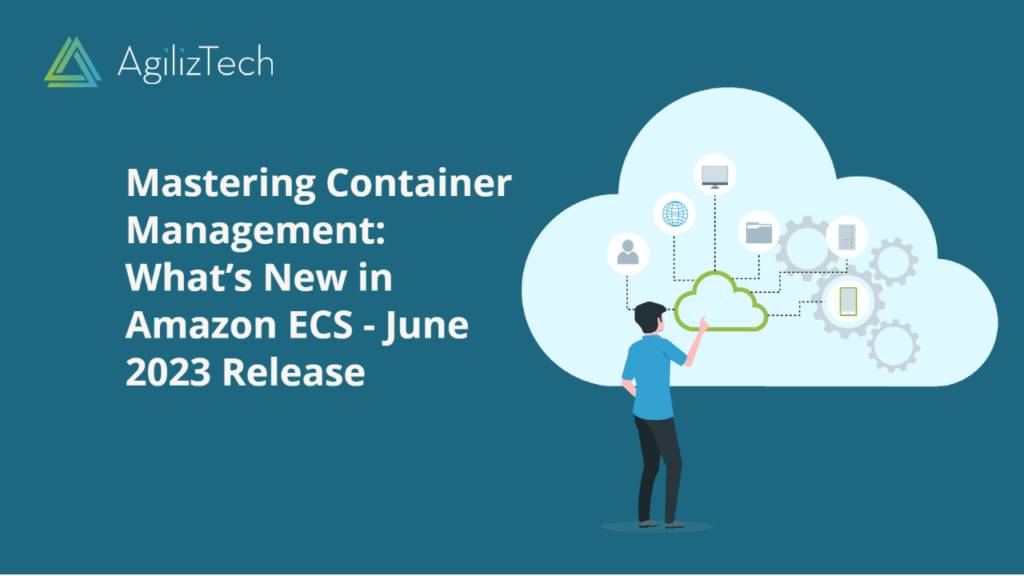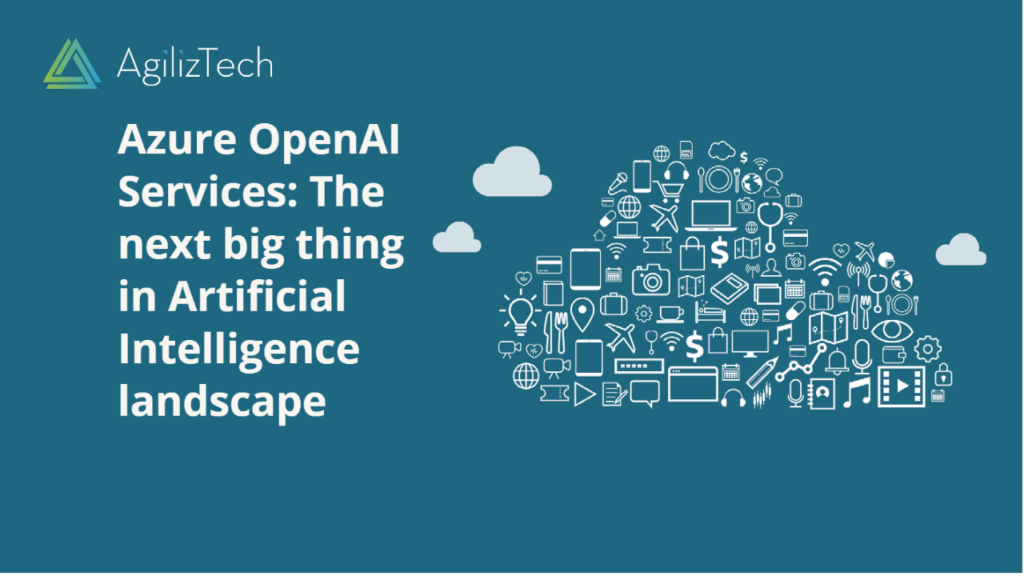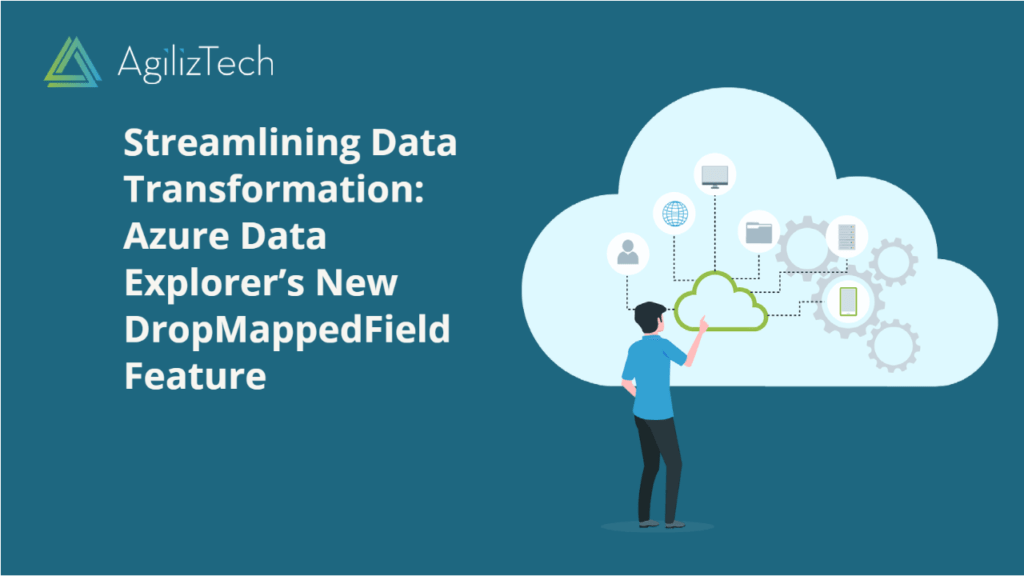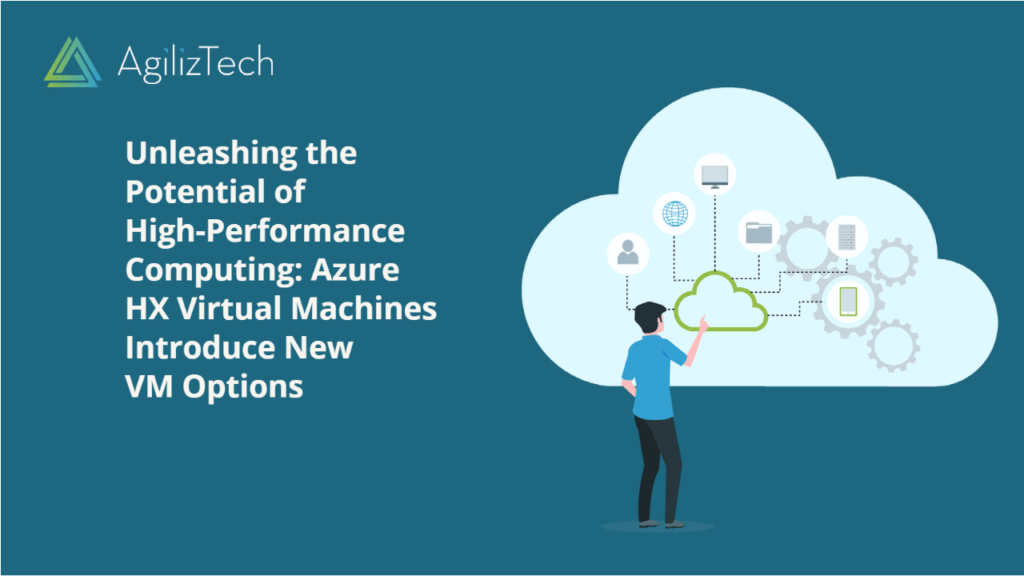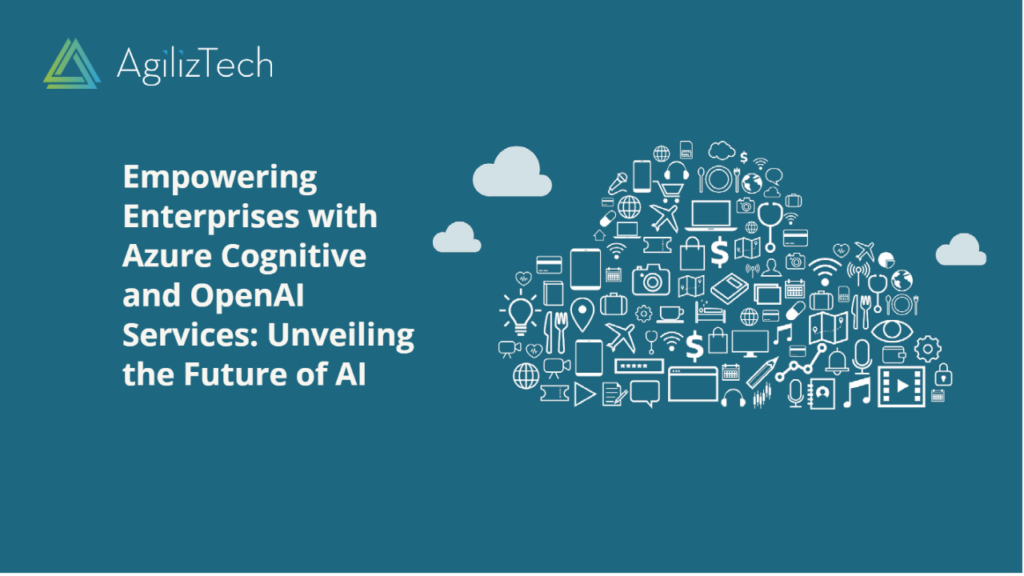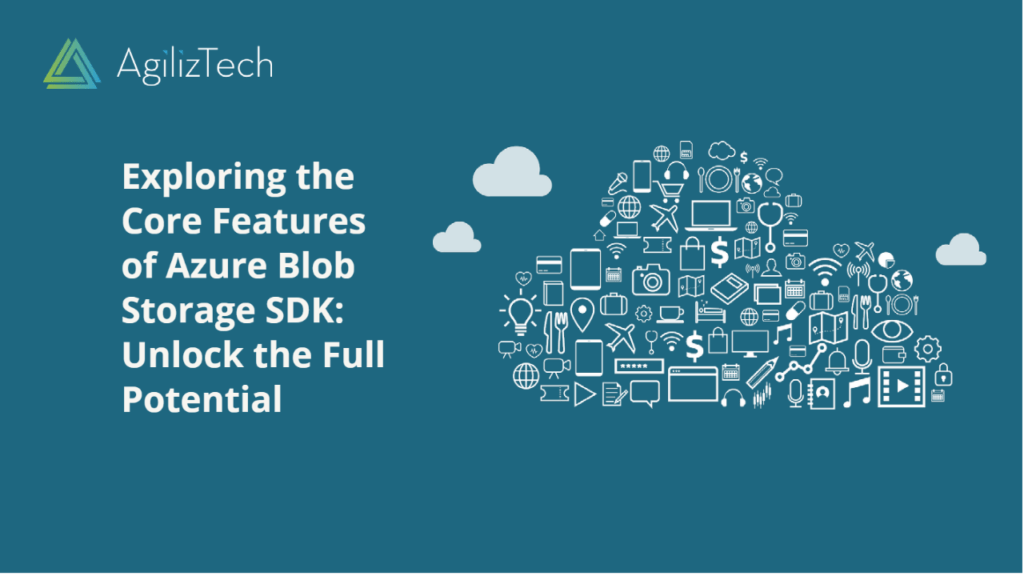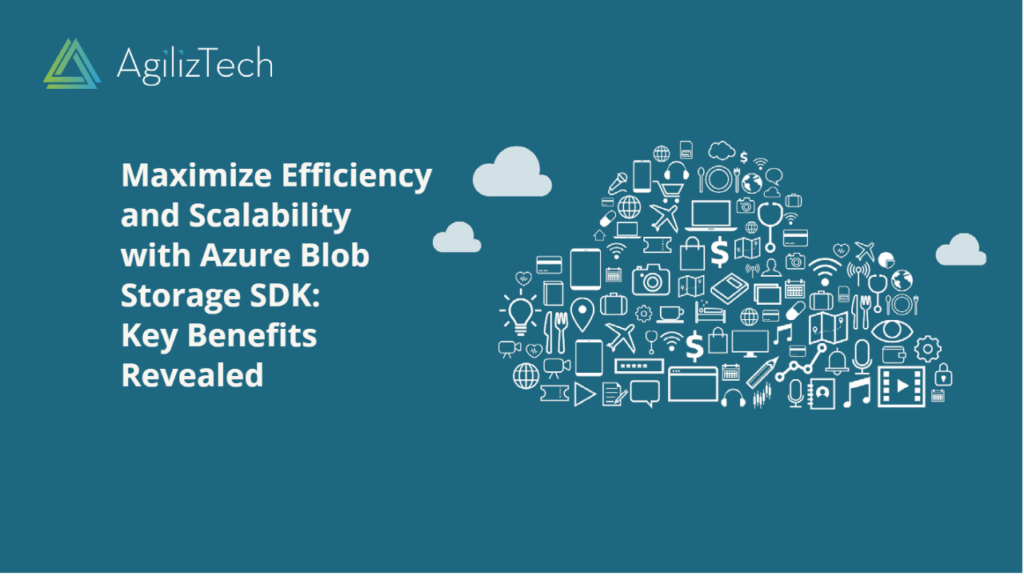Explore the Latest Advancements in Amazon Elastic Container Service
Amazon Elastic Container Service: Introduction
In the dynamic world of cloud computing, staying at the forefront of technology is essential. Amazon Elastic Container Service (Amazon ECS) has been revolutionizing container orchestration, offering developers an efficient and scalable platform. In June 2023, Amazon ECS introduced several exciting features and improvements, enhancing its capabilities and empowering developers to streamline their containerized applications. Let’s delve into the latest advancements and understand how the new release helps in building and managing containerized environments.
What’s New in Amazon Elastic Container Service?
Enhanced Scalability and Performance
Amazon ECS has always been known for its scalability, and the June 2023 update takes it a step further. The latest release introduces an enhanced scaling engine that optimizes the management of container instances. It leverages advanced algorithms to scale up or down based on workload demands, ensuring optimal resource utilization and cost efficiency. This feature enables developers to handle sudden traffic spikes and effectively manage workloads in a highly dynamic environment.
Improved Application Monitoring and Insights
Monitoring and gaining insights into containerized applications are vital for efficient management. The June update of Amazon ECS introduces new monitoring capabilities, allowing developers to collect and analyze essential metrics through Amazon CloudWatch. With this enhanced monitoring, developers can track resource utilization, and application performance, and set alarms to detect anomalies. These insights enable proactive troubleshooting and better decision-making, ultimately leading to improved application performance and user experience.
Enhanced Security and Compliance
Security is of paramount importance in any cloud infrastructure. Amazon ECS understands this and has introduced new security features in the June update. Enhanced integration with AWS Identity and Access Management (IAM) now allows developers to define granular permissions for container instances, tasks, and services. This ensures that only authorized personnel can access and modify critical resources, enhancing the overall security posture of containerized applications. Additionally, the update introduces automatic encryption at rest for container images, adding an extra layer of protection to sensitive data.
Simplified Application Deployment
Deploying containerized applications can sometimes be a complex process. However, Amazon ECS aims to simplify this aspect for developers. The latest release introduces a new deployment wizard that guides users through the process, making it more intuitive and hassle-free. With this wizard, developers can define deployment strategies, manage rollbacks, and automate application updates. This simplification of the deployment process enables faster time to market and enhances developer productivity.
Enhanced Integration and Extensibility
Integration with other AWS services is crucial for building comprehensive and scalable applications. Amazon ECS has introduced enhanced integrations with AWS Fargate, AWS App Mesh, and AWS PrivateLink in the June update. These integrations give developers more flexibility in configuring networking, managing microservices, and securely accessing containerized applications. Furthermore, the update also includes expanded support for popular container orchestrators like Kubernetes, empowering developers with additional options and flexibility.
Amazon Elastic Container Service: Conclusion
Amazon (ECS) continues to evolve and provide developers with powerful tools to build, deploy, and manage containerized applications at scale. The June 2023 update brings several new features and improvements that enhance scalability, security, monitoring, deployment, and integration capabilities. With these advancements, developers can optimize resource utilization, gain better insights into application performance, enhance security, simplify deployment, and seamlessly integrate with other AWS services. By leveraging these new features, developers can unlock the true potential of containerization and deliver robust and scalable applications in a rapidly changing cloud landscape.
